- Learn
- 643 views
- 0 comments
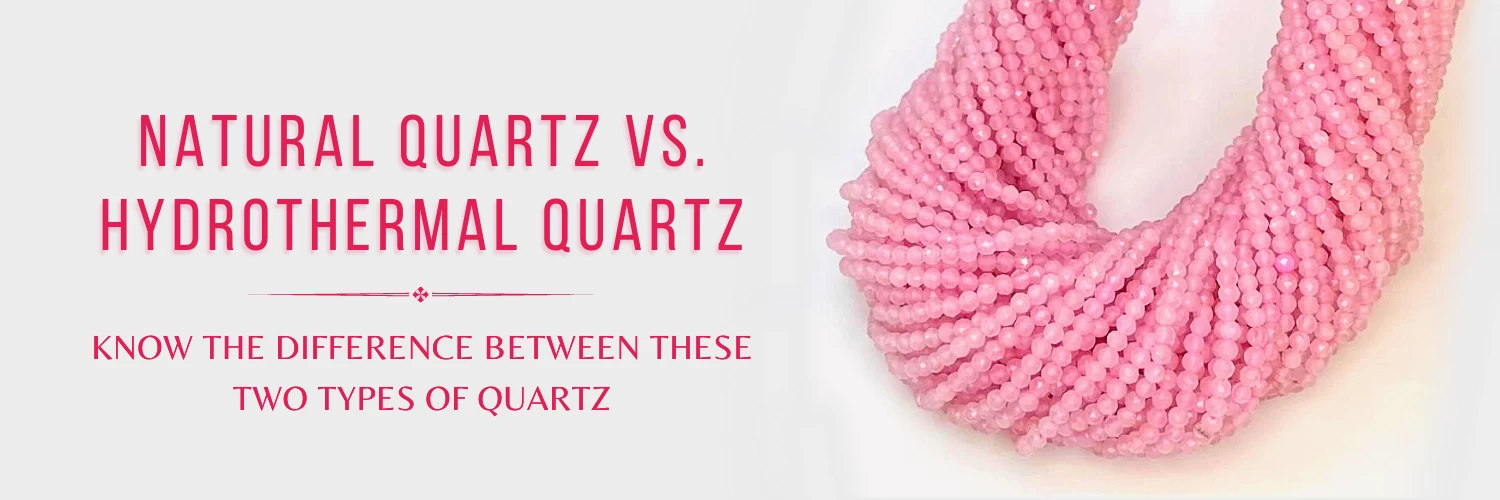
When most people think of quartz, they think of the clear, shiny mineral that is used in jewelry and other decorative items. However, there are different types of quartz, with different properties. Quartz is a beautiful and naturally occurring mineral that has been used for centuries to make jewelry, ornaments, and tools. But did you know there are actually two distinct types of quartz? Natural quartz, which is mined from the earth, and hydrothermal quartz, which is created in a laboratory. In this blog post, we’ll explore the differences between these two quartz varieties, so you can make an informed decision when selecting quartz for your needs.
WHAT IS NATURAL QUARTZ?
Natural quartz is a naturally occurring crystal formed by the Earth over millions of years. It is one of the most abundant minerals found in the Earth's crust and can be found in virtually every part of the world. Natural quartz can range in color from transparent to opaque and comes in a variety of forms such as crystals, clusters, and points. Natural quartz is known for its healing properties and is thought to possess metaphysical powers that can help balance and enhance your life. Natural quartz is often used in jewelry, art, and spiritual practices, and has been used in religious rituals since ancient times. Natural quartz has many different types, including amethyst, citrine, rose quartz, smoky quartz, and more.
WHAT IS HYDROTHERMAL QUARTZ?
Hydrothermal quartz is a type of quartz crystal that has been created through a process known as hydrothermal synthesis. Hydrothermal synthesis involves the use of high temperature and pressure to form a crystal lattice. During this process, chemicals like silicon dioxide are dissolved in hot water, which is then injected into a rock matrix, creating a stable environment for the formation of quartz crystals. This process is often used to produce gemstones and man-made quartz products.
Hydrothermal quartz is generally formed in geothermal vents, where hot water and steam can reach temperatures of up to 400 degrees Celsius. The quartz crystals are then slowly cooled and allowed to form over time, resulting in a unique and beautiful product. In some cases, these crystals may also be heated and pressurized artificially, in order to create certain shapes and colors.
Hydrothermal quartz is typically more expensive than natural quartz, due to the higher cost of production. However, it often has a more vibrant color and can be cut into a wide variety of shapes and sizes. Additionally, it is very durable and scratch resistant, making it an ideal choice for jewelry and other decorative purposes.
DIFFERENCE BETWEEN NATURAL AND HYDROTHERMAL QUARTZ
Natural quartz is a mineral composed of silicon dioxide and is found naturally in the Earth's crust. It has been created through thousands of years of the earth’s natural processes such as heat, pressure, and erosion. Natural quartz can be found in many different forms including gemstones, gravel, and sand. It is one of the most abundant minerals on the planet, making up around 12% of the Earth’s crust. Natural quartz can be found in many different colors, such as clear, white, yellow, pink, purple, gray, brown, and black.
• The main difference between the two types of quartz lies in their formation process. Natural quartz has been formed over millions of years through various geological processes, while hydrothermal quartz has been artificially created in a lab.
• Hydrothermal quartz is a type of quartz that has been manufactured in a laboratory setting. It is created when natural quartz is exposed to extremely high temperatures and pressure within a hydrothermal chamber. During this process, the quartz undergoes changes in its chemical makeup, resulting in its new form. Hydrothermal quartz usually has an even color and clarity that is difficult to find in natural quartz.
• In terms of durability, both types of quartz are incredibly strong and can withstand a lot of wear and tear without chipping or breaking. However, hydrothermal quartz is more resistant to scratches than natural quartz.
• Finally, one other major difference between natural and hydrothermal quartz lies in the cost. Natural quartz tends to be more expensive than hydrothermal quartz because it takes much longer for the earth to produce natural quartz crystals, resulting in a limited supply that drives up the price.
Both types of quartz have their advantages and disadvantages, depending on the application they are used for. Natural quartz has a unique formation process that adds to its beauty and charm, while hydrothermal quartz offers convenience and consistency.
At Jaipur Beads, we offer an array of shapes, sizes, and colors to help you create something truly unique. With our amazing selection of natural quartz stone beads, you can be sure you’re getting quality quartz at an affordable cost.
For all your quartz needs, look no further than Jaipur Beads. Browse our quartz collection today and start creating your perfect project!
Shop Natural Quartz Stone Beads
Read More

GUIDE TO BUYING GEMSTONE BEADS ONLINE
If you're in the market for gemstone beads, buying online can be a convenient and cost-effective option. With the vast selection of gemstone beads available from various online retailers, it can be overwhelming to navigate through all the choices. That's why we've put together this guide to help you make informed decisions when buying gemstone beads online. Whether you're a beginner or an experienced jewelry maker, this guide will provide you with valuable tips and insights to ensure a successful purchase. From knowing what to look for in terms of quality and authenticity to understanding the different types of gemstones, we've got you covered. So, let's dive in and discover the world of buying gemstone beads online.
Read more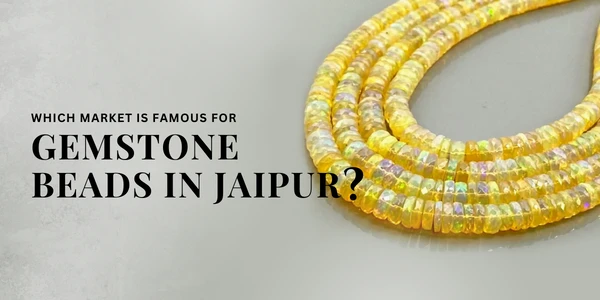
WHICH MARKET IS FAMOUS FOR GEMSTONE BEADS IN JAIPUR?
Jaipur, also known as the "Pink City," is a city famous for its rich history, culture, and heritage. But did you know that it is also a haven for gemstone enthusiasts? Jaipur is known as the gemstone capital of India, with a plethora of markets offering an array of stunning gemstones and jewelry. However, if you are specifically looking for high-quality and authentic gemstone beads, there is one market that stands out among the rest. In this blog post, we will explore the famous gemstone beads market in Jaipur and why it is a must-visit for anyone interested in gemstones. So, let's dive into the world of sparkling gemstone beads in Jaipur!
Read more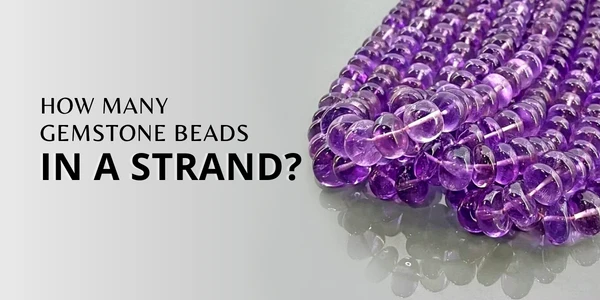
HOW MANY GEMSTONE BEADS IN A STRAND?
Hey there gemstone lovers! Have you ever wondered how many beads are in a strand? Well, the answer might surprise you. It all depends on the size of the beads and the length of the strand. In this blog post, we'll dive into the fascinating world of gemstone bead strands and explore the various factors that determine the number of beads in a strand. So grab your favorite gemstone jewelry and get ready to learn something new!
Read more
THE STORY BEHIND JAIPUR BEADS COMPANY'S LOGO
At our company, we take pride in our logo and the story behind it. It serves as a reminder of the hard work, dedication, and passion that has gone into making our business a success. The design of our logo encapsulates the values that have come to define us and is a representation of our commitment to our customers. In this blog post, we'll delve into the inspiration behind our logo and the reasons why it has become such an important part of our identity.
Read more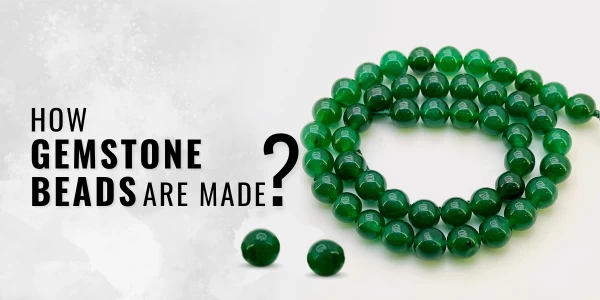
HOW GEMSTONE BEADS ARE MADE?
Gemstone beads have been around for thousands of years, and while the process may have changed over the years, the beauty of gemstones remains timeless. Have you ever wondered how these mesmerizingly beautiful beads are made? In this blog post, we will take a look at the process of making gemstone beads, from mining and cutting to drilling and polishing. Read on to learn more about the fascinating process behind creating gemstone beads!
Read more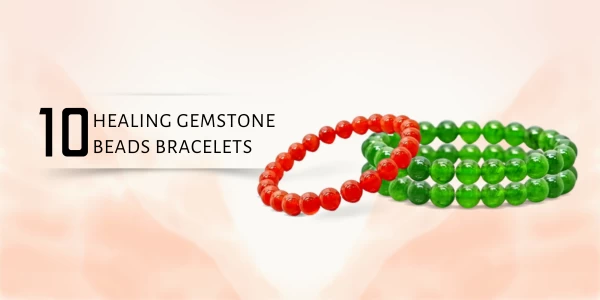
TOP 10 HEALING GEMSTONE BRACELETS
Gemstones have been used for centuries to heal and protect the body, mind, and spirit. They are believed to be powerful tools that can help bring balance and harmony to the wearer. With so many types of healing gemstones, it can be hard to decide which bracelet is best for you. To make your decision a bit easier, we’ve rounded up the top 10 healing gemstone bracelets to help you find the perfect one for your needs. Whether you’re looking for protection, clarity, or simply a beautiful accessory, these bracelets will give you the healing power you need.
Read more
WHY JAIPUR IS THE BEST DESTINATION FOR BUYING GEMSTONE BEADS?
Jaipur, India is known as the Gemstone City, and for good reason. With its centuries-old history of being a hub for jewelry and gemstones, Jaipur has become a top destination for those looking to buy gemstone beads. Not only does Jaipur offer a wide range of options, but it also has a reputation for producing some of the highest-quality gemstones in the world. Whether you’re a novice or a connoisseur, Jaipur is an ideal destination for purchasing gemstone beads. In this blog post, we discuss why Jaipur is the best destination for buying gemstone beads.
Read more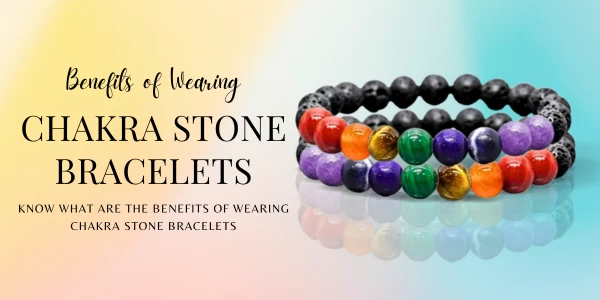
WHAT ARE THE BENEFITS OF WEARING CHAKRA STONE BRACELETS?
Chakra stone bracelets are an ancient form of jewelry that is still popular today. Not only do they add a unique and beautiful touch to any outfit, but they also carry with them several potential benefits. Wearing a chakra stone bracelet is said to help align and balance the seven energy centers of the body, resulting in physical, emotional, and mental well-being. In this blog post, we'll explore the potential benefits of wearing chakra stone bracelets, and how you can make the most out of these special pieces of jewelry.
Read more
WHAT ARE CHAKRA STONES AND THEIR MEANING?
Have you ever heard of chakra stones? These colorful gems are believed to have healing properties that align with the body's seven chakras. Each chakra corresponds to a specific color and is associated with different physical and emotional characteristics. Chakra stones can be used in meditation, energy healing, and worn as jewelry. In this blog post, we'll explore what are the actual chakra stones and their meanings.
Read more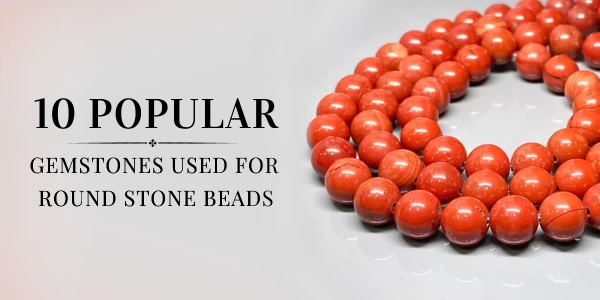
TOP 10 ROUND SHAPE GEMSTONE BEADS
Round gemstone beads are a great way to add color and personality to your jewelry designs. Whether you're creating a unique necklace, bracelet, or earrings, choosing the right type of stone can make a big difference in the look and feel of your project. To help you decide which stones to use, we've compiled a list of the 10 most popular stones used for round gemstone beads. From vibrant options like amethyst and jasper to more classic like tiger eye and agate, you'll find something that suits your style!
Read more

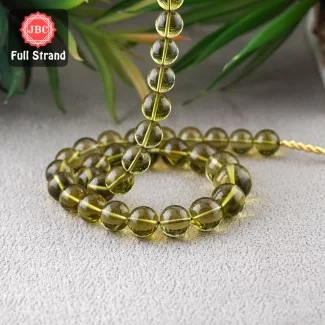


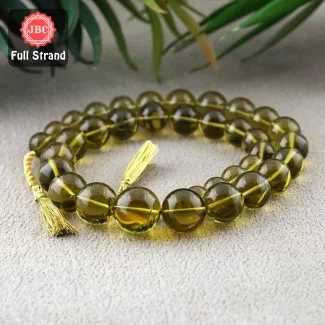
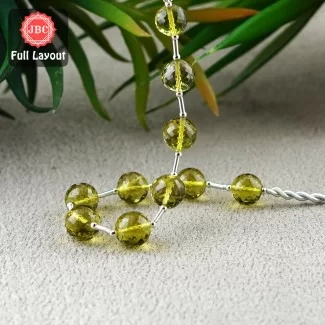

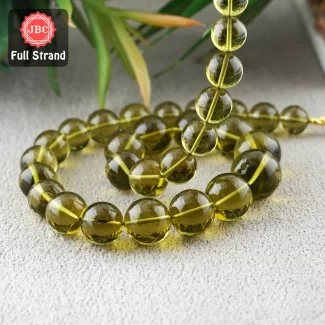
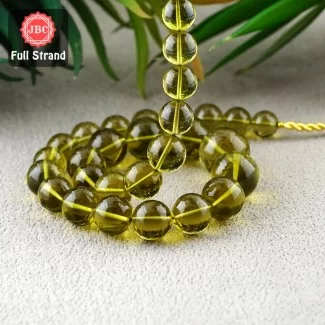
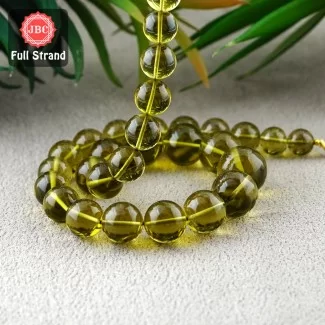
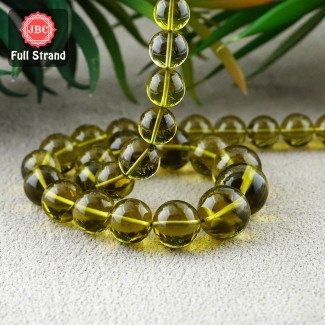
Comments (0)